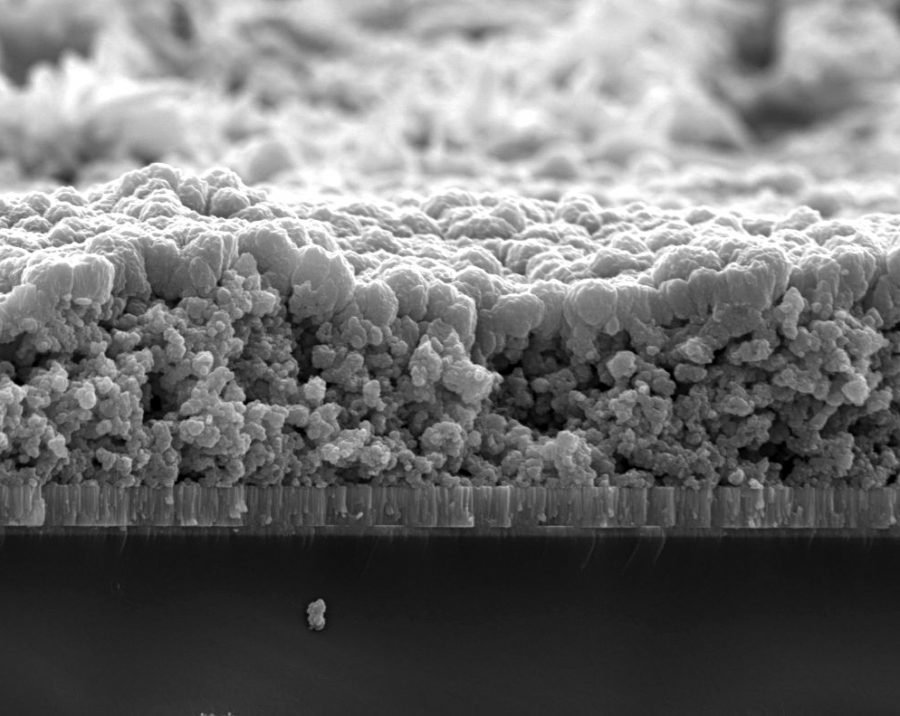New way to deliver drugs to infection sites
Finding could help function of antibiotics, anti-inflammatories
New nanoparticle technology by WSU researchers could help treat sepsis and other infectious diseases.
September 18, 2018
Researchers at WSU have found a new way to fight sepsis, a systemic inflammatory response that can cause organ failure.
Can Yang Zhang, a postdoctoral research associate in the Laboratory for Disease-Driven Design of Nanotherapeutics, which is part of the WSU College of Pharmacy and Pharmaceutical Sciences, has been working on using nanoparticle technology for the last year.
Zhang along with Zhenjia Wang, Pharmaceutical Sciences assistant professor, built a new nanoparticle and coated it with the molecules that blood vessels have been found to release in response to infections.
This dressing makes the nanoparticle sensitive to the location of infection sites, and upon arrival at the site of an infection the bacterial enzymes act as a trigger for the drugs to be released.
“The big problem in health care is not having a way to deliver drugs directly to an infection site and this nanoparticle can solve that,” Wang said.
The research marks the first time a nanoparticle was built to deliver not one but two drugs, Zhang said, and delivers these drugs in a way that waits to deploy them until it encounters infectious tissue.
Zhang is also the leading author of a paper published in the journal “Advanced Materials” regarding his findings.
According to the journal article, sepsis is a life-threatening organ dysfunction and cases are rising worldwide with a high mortality rate.
He also said antibiotics and anti-inflammatories are already used to mitigate the onset of sepsis, but there are issues with these treatments. They are metabolized quickly, meaning their effects do not last long and part of the drug is eliminated from the body without ever reaching the infected tissue it was meant for.
The nanocarrier needs less medicine because it specifically targets infection sites and there is limited collateral damage to otherwise healthy tissues, Zhang said.
“This has the potential to improve the treatment of many more infectious diseases,” Wang said.









